
This year was my first attempt of the Huracan 300, a 340-mile bikepacking route through central Florida. The route covers swoopy singletrack, limestone roads, sandy doubletrack, and a healthy dose of pavement. While I’ve been bikepacking a handful of times, I had never attempted anything quite like this. In the lead up to the event, I leaned on my bikepacking friends for guidance on what to bring with me. While they were more than glad to lend advice, what they wouldn’t do is tell me exactly what to bring. So, I’m going to tell you exactly what I brought… but just because it worked for me, doesn’t mean it will perfectly suit your needs.
With that disclaimer out of the way, here are some general tips for what to bring, where to put it, along with the actual items I took with me, and finally, lessons I learned during the ride.
How Fast Will You Go?
Everyone’s goal on a route like this is going to be different. Some are going to go all out and try to finish as quickly as possible, while others will take a relaxed pace. Which camp you fall into will largely dictate what–or how much–you bring with you. The faster you want to go, the more ruthless you need to be with your gear selection. It’s no coincidence that the fastest people on this year’s route carried only the most basic gear.
My goal was to finish the route in under 48 hours. You can read about how that went in the companion to this article, here.
Keep It Minimal
Ounces add up quickly. While it would be nice to have a camp chair, extra shoes, and an Aero Press for that morning coffee, those items will be sitting in your bags all day sapping energy with every pedal stroke. You have to decide what level of comfort you’re okay with, and no one can make that call for you.
Another way to keep the quantity of gear down is to take items that can serve multiple purposes. For instance, instead of bringing hex keys and chain breaker, find a multitool that has one built in. Don’t bring a bowl and a cup when the cup can be used for both food and drink. Use flat pedals so you’re not stuck in bike shoes all day.
Keep It Separated

Once you’ve decided what to bring with you, you then need to determine the best way to carry it. What really helped me keep track of everything was to group like items together and then place them strategically on the bike. For instance, I put my tool kit at the very bottom of my Bike Bag Dude frame bag. It was one of the heaviest items I carried so placing it there kept the weight low where it would have less of an impact on the handling. Also, I would only need it in case of a mechanical mishap, so it didn’t have to be easily accessible.
Another example is putting all your sleep stuff together. At the end of the day you’re going to be totally worn out and operating on reserve brain power. If your sleeping bag, sleeping pad, and other items are all in one bag, that can help you get set up faster.
Keeping gear compartmentalized also minimizes the time spent during pit stops. Keep items you’ll need regularly–such as snacks, sunscreen, chamois cream, etc.–close at hand, not buried in the bottom of your seat pack.
Try It Out

Before you head out into the woods on a 340+ mile trek, you should do some shakedown rides. Load your bike up exactly as you intend to for the event, including food and water. Ride your bike around town on the road, on gravel, and on singletrack. This will give you a feeling for how differently your bike will handle with all the extra weight. It will also highlight areas with excessive flopping or flapping and allow you to remedy them.
Butt Stuff

Taking care of your undercarriage is going to be vital to your comfort. I don’t mean just having a comfortable saddle that’s properly adjusted and a quality chamois. Those things are important, but excessive chafing can end your ride in a hurry. To combat this, I brought Happy Bottom Bum Butter, Lantiseptic, Wet-Wipes, and some hand sanitizer. Before the ride began, I worked a healthy dose of the Bum Butter directly into my chamois. Lantispetic–a lanolin-based skin protectant–was then applied. Every time we stopped for more than a few minutes, I reapplied the Bum Butter and the Lantiseptic. After a few reapplications, the Wet-Ones were used to wipe the slate clean and start fresh.
Use soap and water to thoroughly wash your hands whenever it’s available. When not, use hand sanitizer. Get in the habit of cleaning up before you eat anything, where possible. On the topic of sanitation, keep your hands out of your food containers as much as possible. Instead, pour snacks directly into your mouth. Be aware of sharing food with other people–don’t let someone reach their sweaty, gloved hand into your bag of chips!
First Aid
You can find first aid kits just about anywhere from grocery stores to bike shops. However, you may be able to piece together your own with items you already have in your medicine cabinet, which is what I did. I carried the basics–bandages, gauze, alcohol wipes, tape, tweezers, aspirin, etc.–and added a few other things like Benadryl, Tums, and Gas-X in case of any GI distress. If you are taking any prescription medicine, don’t forget those. My kit fit easily in a sandwich bag, which was then put inside a waterproof bag. I was fortunate not to have to open it once.
Tools

Depending on your mechanical aptitude your tool kit may vary. However, I’m guessing most folks considering a route like this are going to be adept at working on their bikes. The most basic kit should include:
- Spare tube
- Pump and/or CO2
- Patch kit (none of that glueless bull shit)
- Multitool with chain tool
- Chain lube
- Zip ties
- Pocket knife
- Lighter
- Spare bits (cleat bolts, chainring bolts, tubeless valve)
I chose to carry a little bit more with me for the Huracan. Namely, I brought two tubes since I was running tubeless, a shock pump to adjust my fork pressure if needed, and some extra sealant. Initially, I intended to bring a SOG multitool (similar to a Leatherman), but with the fairly tame terrain in Florida I decided it wasn’t worth the weight penalty. In its place I brought an Opinel pocket knife.
One of the tubes was mounted underneath my saddle, along with two CO2 cartridges. My pump was mounted to my down tube, and the remainder of my kit was placed in a zippered canvas bag and stashed in the bottom of my frame bag.
Clothing
Layers. It’s all about layers, because they give you options. Some of us get cold more easily, but the same concept applies–you’ll just need more layers. The forecast for this year was stellar with highs around 80 and lows in the upper 40s. I wore a light base layer and a t-shirt-style jersey, which was perfect for daylight hours. Once the sun set, I put on my long-sleeved wool jersey and wool knee warmers. For emergencies, I had a waterproof shell. The only extra clothing I carried with me was a cycling cap, an extra pair of gloves, and an extra pair of socks.
If you can wear wool, I highly recommend it. Even a thin jersey like I used provides ample warmth, dries quickly, and doesn’t stink–even after 340 miles.
Sleeping
Unless you plan on riding straight through, you’re going to need some sort of sleep system. For me, this included a sleeping pad, sleeping bag, and a small pillow. I opted for a Big Agnes Air Core pad because of its relatively light weight and packability. Same for my sleeping bag, the Marmot NanoWave. The Cocoon pillow I brought packs down to the size of an apple and weighs only 2.5oz.
Shelter
With no rain in the forecast, I decided to chance it and not bring a big shelter. I did, however, bring a bug net for my head to keep creepy crawlies off my face at night, along with an emergency blanket. There are tons of trees along this route, which makes it easy to pitch a hammock or hang a tarp. If you’re traveling with others, consider sharing a shelter and splitting the components up amongst one another.
Electronics

I try to limit the amount of gadgets I bring on my rides, but the Huracan isn’t your typical ride. For lighting, I brought two lights from CatEye: one for my helmet and one for the handlebars. In case both of those failed, I also brought a Petzl headlamp, which was handy around camp. On the seatpost I mounted a Blackburn Central 50 rear light. It’s bright, easy to mount, and rechargeable, making it the best rear light I’ve bought to date.
For navigation, I used a Garmin Edge 520 with my phone running the Gaia GPS app as backup. Since I was trying to document the route, I brought along my Nikon J1 camera, along with a spare battery, memory card, and a lens pen.
To keep everything charged, I purchased a high-capacity Rav Power 22,000 mAh battery pack. It weighs the better part of a pound, but it has three smart charging ports, and it can charge my phone at least nine times. After using it extensively during the trip, it still had over 50% of its charge remaining.
I usually don’t listen to music when I ride, but I brought a pair of earbuds along just in case.
Food and Water

The Huracan has a plethora of places to stop for food and water, so it’s really up to you how much you want to bring. I would recommend carrying a bare minimum of 100oz of water, though, as there are some fairly long stretches without easy access. If you stop somewhere that has water, you might as well top off. Personally, I carried a 70oz reservoir inside my frame bag and then two 26oz water bottles for a total of 122oz. In the reservoir, I carried straight water, but I added electrolyte tablets to the bottles.
I don’t have any special dietary needs, so I opted to bring minimal food with me, and instead just buy it along the way. I started with some Lara Bars, Honey Stinger Waffles, peanut butter-filled pretzels, chocolate-covered espresso beans for caffeine, Gu Chews, and some Gu gel packs in the event of a full-blown bonk. I ate all kinds of junk from gas stations along the way: chips, cookies, brownies, candy, and even stopped at a Wendy’s. Just don’t get too adventurous with what you eat. You have no idea how your stomach is going to react to the stress of riding so much.
So there you have it: all the gear I took with me for the 2017 edition of the Huracan 300. All in all, I was satisfied with my decisions (except for leaving my sleeping bag behind at the last minute), although it took plenty of trial and error to get my gear narrowed down to what you see here. That’s why it’s important to try things out before you show up to the start. My initial setup had my bike coming in at 52lbs fully loaded. After getting rid of a few items, consolidating some things, and removing any excess packaging, I got it down to 48.5lbs. The bike with just the bags on it came in at 29.6lbs, so I only brought 19lbs of gear with me, including food and water. While there were items I didn’t need to use, such as my tools and first aid kit, I wouldn’t be comfortable leaving many more of them behind, either.

Lessons Learned
- Bring yer damn sleeping bag! 45 degrees is cold.
- If you have trouble sleeping while camping (like I do), bring some Benadryl, valerian root, or melatonin to help knock you out.
- Numb hands are just gonna happen, but consider adding cushy grips or swapping in a Jones bar for more hand positions to help.
- Be intimately familiar with all of your gear–don’t show up not knowing how to use your GPS or Spot Tracker (thanks Paul!).
- Eat as much as you can during the stops, and if something sounds appealing, eat it!
- Know when to stop. As bummed as I was not to achieve my sub-48-hour goal, I was in no shape to continue.
- As long as I have enough to eat and drink, I can ride my bike for a really, really long time. Way longer than I thought I could.
- There’s fantastic riding to be found just about everywhere, even Florida.


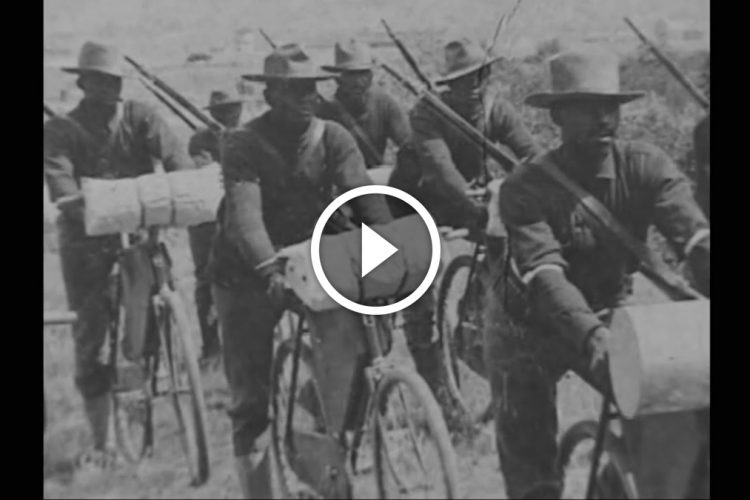
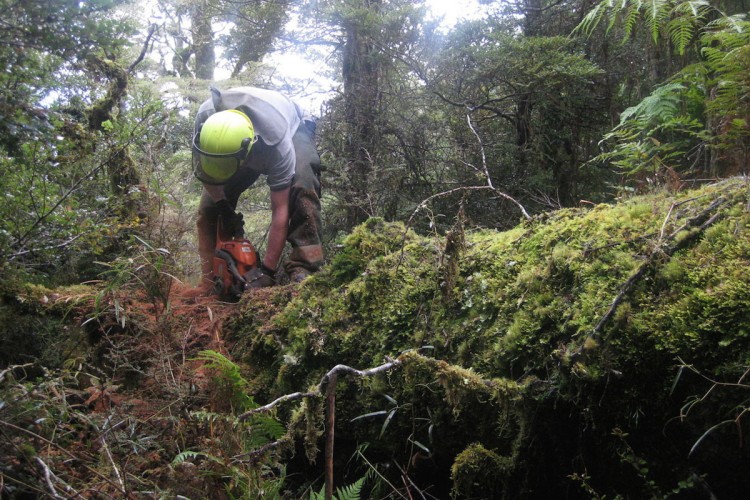
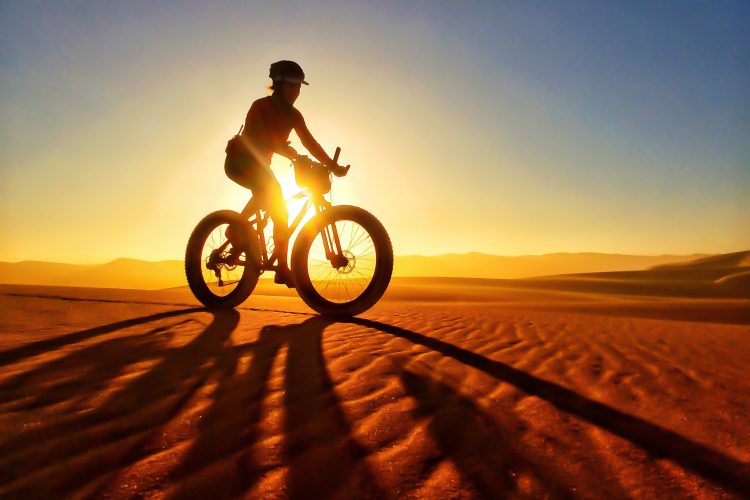
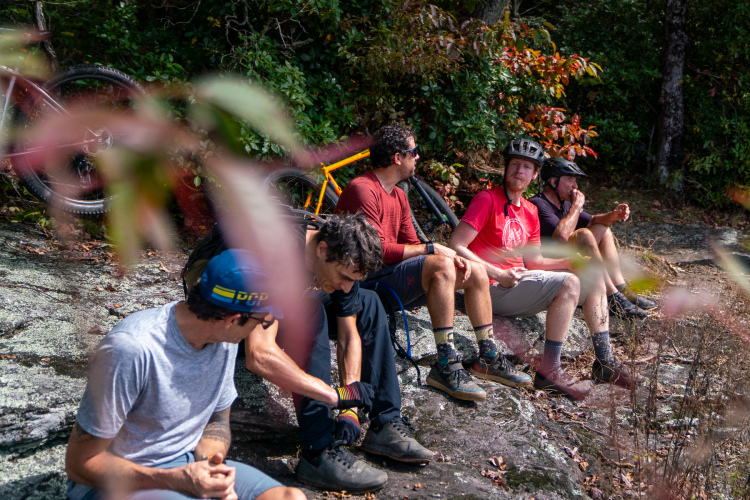
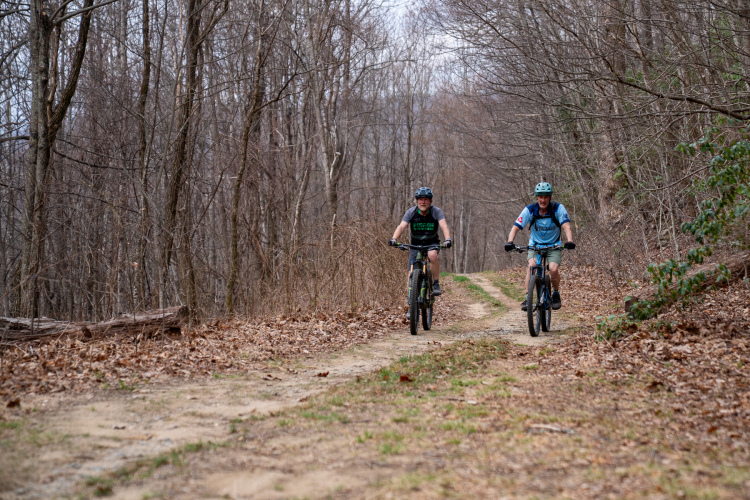

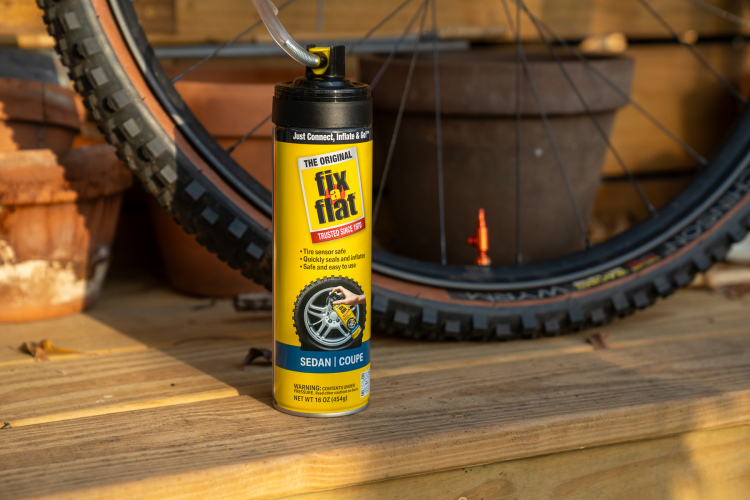

4 Comments
May 2, 2017
Feb 24, 2017
Did you use all your food that you had at the start line?
Feb 24, 2017
Feb 24, 2017